
Moving to Hawaii: Say Aloha to Island Life
Mar 31, 2023 / Alyssa Duranty
Saying “aloha”; to island life may sound pretty exciting, but moving to Hawaii may not be as easy as jumping on a boat and waving goodbye to those back on shore. But nothing good in life comes easy, right? Life in Hawaii appears to be pretty sweet and might be worth the work.
The jaw-dropping waterfalls, the world-renowned beaches and the overall slow-pace vibe of the state — there are a lot of beautiful things new residents can expect to find in any of Hawaii’s island paradises.
If you’re ready to pack up and head to sandy shores, keep reading to find out what awaits you in Hawaii’s tropical towns, and learn what pros and cons may come with island life.
Hawaii Island Names: Get to Know Them
Most people live on one of the big four islands: Kauai, Oahu, Maui and the Big Island — aka the Island of Hawaii. Each island has its own geography and its own vibe. Here is a brief description of each to help guide you to right one for you.
Kauai — The Garden Isle
Kauai is an explorer’s paradise, with a rugged, wild interior of jagged mountains, deep canyons and stunning waterfalls. It’s home to around 70,000 of them. Kauai has a small-town feel, even though 7.5 million people visit the island every year.
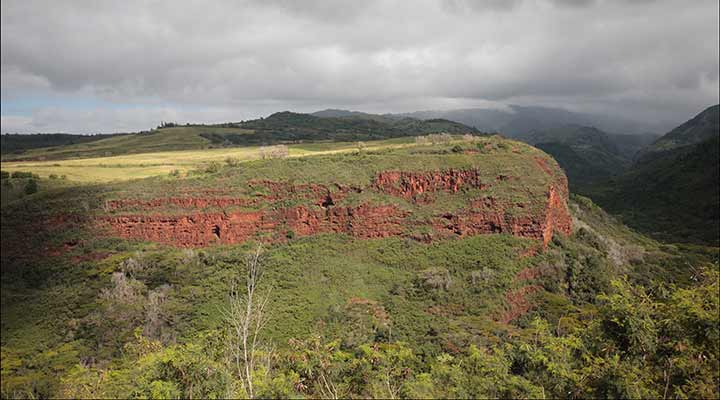
Image by Ludovic Hirlimann
Oahu — The Gathering Place
Of the 1.4 million people who live in Hawaii, nearly 1 million live on Oahu. Oahu has a diverse blend of native Hawaiians, Polynesians, Asians and settlers from the mainland, which makes everything — the food, language and culture — a wonderful mashup.
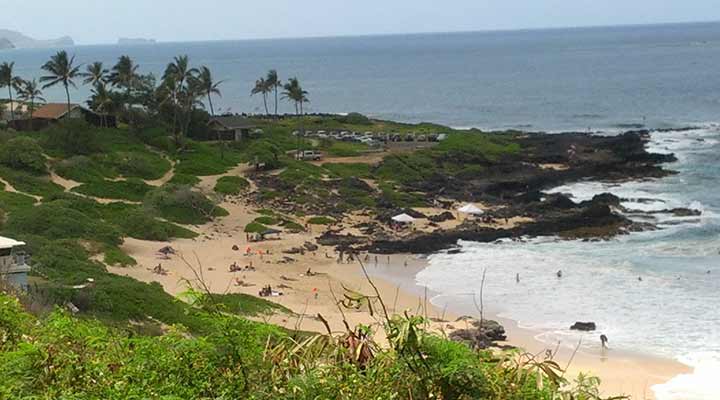
Image by Ben Stiefel
Maui — The Valley Isle
Imagine two volcanoes joined by a wide, beautiful valley. That’s Maui. The terrain creates distinct regions, each with its own climate and vibe: farms in the Upcountry, world-class resorts in the south and cities in the valley. We suggest renting when you get there and exploring before you settle.
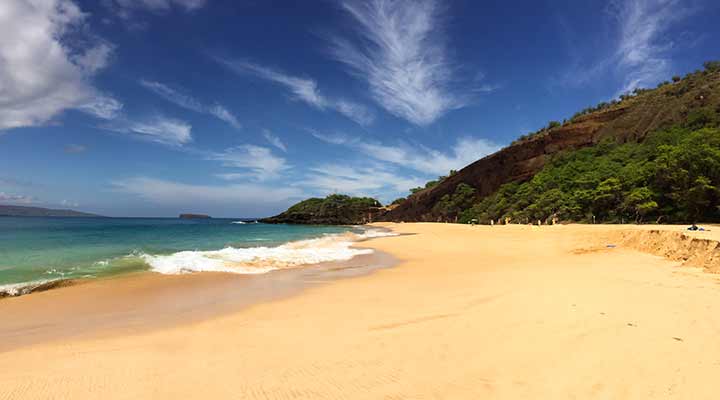
Image by Falco Ermert
The Island of Hawaii — the Big Island
It’s big and getting bigger every day. Constant lava flows from Kilauea have been adding fresh land since 1983. Most people live in Hilo or Kailua-Kona, but those who settle in between find a lot of open space and a wide range of climates (the island has 10 of the world’s 14 climate zones).
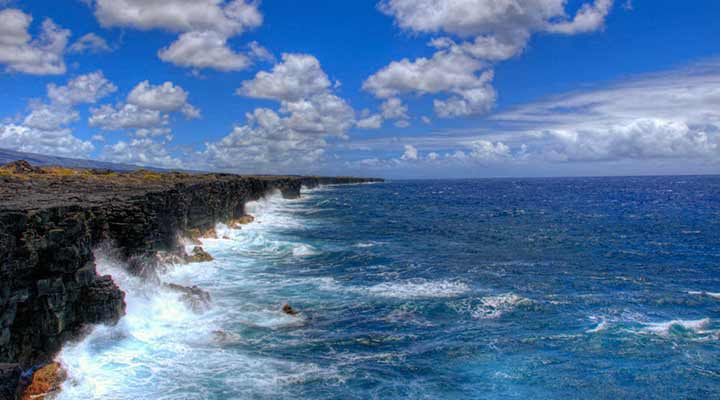
Image by lwtt93
Hawaii’s Climates: Pick the Right One for You
The Big Island town of Mountain View averages 240 inches of annual rainfall. That’s 20 FEET! On the other side of the island, just 75 miles away, sunny Kona gets only 18 inches a year.
All of the islands have microclimates, which means you get to pick the weather that’s right for you. Do you like rain? Live on the windward side. Are you more of a blue skies fan? Live downwind where the sun shines.
Our advice: Choose where you live wisely, and remember, very different weather is just a short drive away.
Moving to Hawaii
There are a lot of decisions to make and details to pin down when you’re moving to Hawaii. Here’s some help with a few of the big ones.
Shipping a Car to Hawaii
Shipping a car to Hawaii can cost $1,000 to $4,000, depending on where you live now. Check what your car is worth; search where you live now and where you’ll live on Hawaii. If the values are about the same, you may be better off selling your car on the mainland and buying a new one on the islands.
Moving to Hawaii with Pets
Hawaii enforces a rigorous screening and quarantine process for all animals entering the state, including pets. Here is what to consider:
If your pet is a puppy or a kitten: It will take 10 months to get all the vaccines and tests that your pet needs before it can move.
If your pet is very old, disabled or chronically ill: Be careful. The stress of travel and the hot open-air kennels in quarantine could have consequences.
If your pet is pregnant, or could be: Authorities will hospitalize any pregnant animals at your expense for the duration of their quarantine.
If you’re determined to bring your furry friends, talk to your vet and get the current quarantine details at the State of Hawaii’s FAQ for Animal Quarantine.
You can also call the Animal Quarantine Station at (808) 483-7151, or email them at [email protected].
Shipping Containers to Hawaii: Pack Your Own
Shipping a self-packed, 20-foot steel shipping container costs as little as one-eighth of the price of having a mover pack it for you. You can split a container with another mover or shipper and save even more. Be sure to ship with a reputable company — there are nightmare stories about moves that went wrong.
Mailing Your Stuff to Hawaii
The U.S. Postal Service is going to be your new best friend. Grab some Flat Rate boxes at the post office, stuff them full and mail them to your new address. UPS and FedEx are good, but more expensive, alternatives.
How to Get a Driver’s License
Locals get discounts at all sorts of stores and a driver’s license unlocks them. Most places don’t announce this, but it never hurts to ask whether they offer a Kama’aina discount.
Living in Hawaii: The Downsides
Yes, it’s paradise, but Hawaii isn’t perfect. Here are some things you should know now, before you go, to avoid surprises.
Hawaii Can Feel Crowded
Stores, beaches and parks can feel as crowded as any place on the mainland, especially on Oahu and Maui.
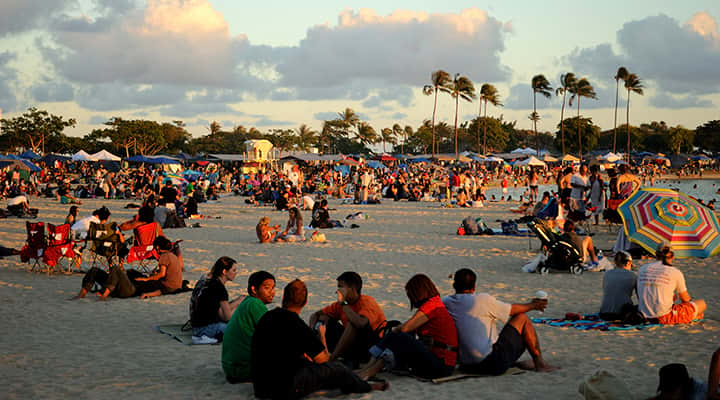
Image by Daniel Ramirez
Hawaii Traffic Gets Bad
We’re talking Los Angeles-level traffic, especially around Honolulu. Even small towns can have big backups. The islands are rugged, the roads are narrow and the turns can be super-twisty. So buckle-up, slow down and get your “Aloha Spirit”; on.
Hawaii’s Cost of Living Is High
Rent, food and gas are just a few things that cost more on the islands. Hire a real estate agent before you move, even if you plan on renting. He or she can help you find budget-friendly properties.
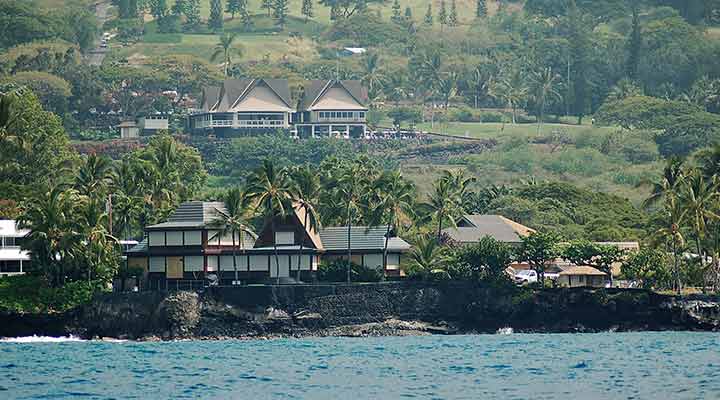
Image by leadfoot
Shopping in Hawaii: Costco is the Way to Go
Your favorite toothpaste, fresh veggies and fruit that isn’t a pineapple aren’t always there on the islands, but Costco can help you stock up.
All four major islands have a Costco and longtime locals will probably tell you that life got easier after the stores arrived. From gas to groceries, locals find great deals and more options there than in smaller stores.
Hawaii Is Expensive, but Fun Can Be Free
Most of the things you’re moving for — the weather, the beaches, the vibe — are completely free. Here are a few more free things Hawaii has for you.
The “Aloha Spirit”;
Aloha doesn’t just mean “hello/goodbye.”; Aloha can mean love, affection, compassion, mercy, sympathy, pity, kindness or grace. Living the “Aloha Spirit”; is not optional — it’s the law:
Hawai’i Revised Statutes, Chapter 5:
“'Aloha Spirit’ is the coordination of mind and heart within each person. It brings each person to the self. Each person must think and emote good feelings to others.”;
We’re not sure if grumpy people are subject to fines, but don’t be surprised if you find Hawaiians to be surprisingly, wonderfully friendly.

Image by US Embassy
Island Time: Shirts, Shoes, Seasons Optional
Because the islands are close to the equator, winter and summer days aren’t much different. The sun comes up at 6 a.m. and goes down at 6 p.m., more or less, all year. That’s why Hawaii doesn’t do daylight saving time.
Locals Take It Slow on the Islands
Things happen at their own pace, and that’s just fine with the locals. It’s a big reason people think they want to move to Hawaii. But if you have a Type A personality, island time may drive you nuts. Prepare to decelerate and enjoy the slow lane; there are no fast lanes here.
Expect Lots of Visitors to Your New Hawaiian Home
You’re about to become everyone’s “friend in Hawaii.”; People you haven’t seen in years may show up for a visit. Polish up your tour-guide skills and get ready for company.






